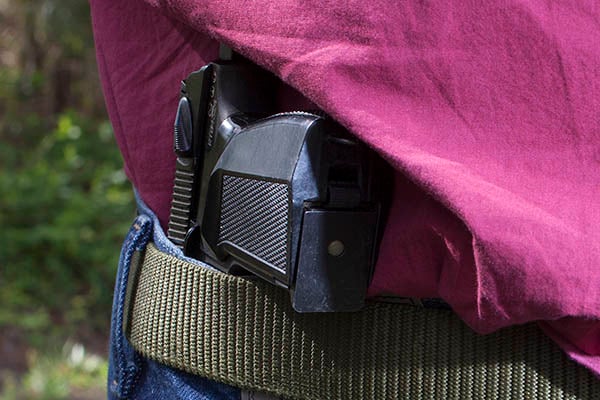
Last Updated on
By Guy J. Sagi
Noting the nearest emergency exit and determining the quickest and safest escape route is sage advice anyone who’s attended a reputable self-defense course has heard multiple times. Things can fall apart quickly, though, and if the unthinkable happens, can you harness all your powers of observation to giving you the ultimate advantage?

Situational awareness is often discussed in self-defense classes, but a study published late last year in The British Medical Journal added an all-new dimension to the term when it labeled Russian President Vladimir Putin’s asymmetrical walk “gunfighter’s gait.” Some speculated the swing in his left arm while his right arm remained relatively motionless was an early sign of Parkinson’s disease, but the neurologists who penned the article contend it’s the result of KGB training to keep your dominant hand close to the handgun.

The simple conclusion makes sense, but are there other “ticks” a lawful citizen can recognize to buy them a lifesaving second or two if the unthinkable happens? There’s plenty of “expert advice” out there, but the most authoritative answers I found are in the U.S. Department of Justice’s Violent Encounters: A Study Of Felonious Assaults On Our Nation’s Law Enforcement Officers. Published in 2006, it includes the results of two previous studies and some frightening perpetrator statements.
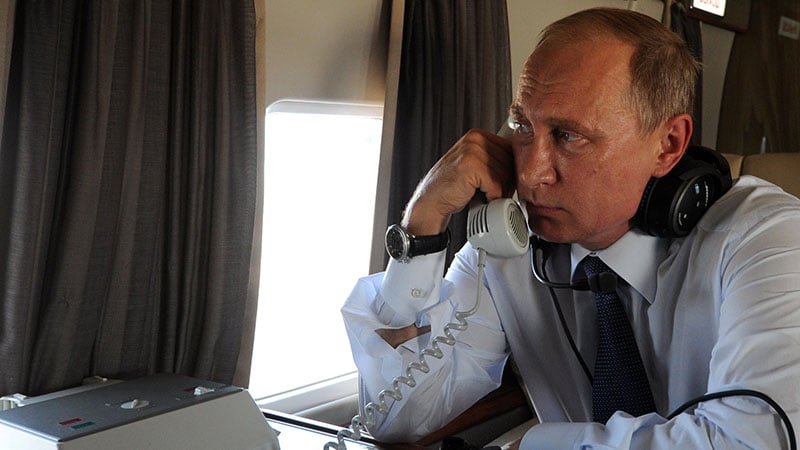
Those of us with carry permits may find this strange, but none (as in zero) of the criminals interviewed used a holster. That’s a huge difference from lawful citizens and advantage because that lack of retention: “…may have made their actions more exaggerated or noticeable, or it may have affected their behaviors in varied but related ways,” according to the study.
Hand Checking
Without anchoring in some way, the urge to tug on, touch or adjust that gun is constant. “These acts become most observable whenever individuals change body positions, such as standing, sitting or exiting a motor vehicle,” according to the report. When running, a criminal will often hold the gun in place and keep an eye out for those chronically pocket-diving hands.
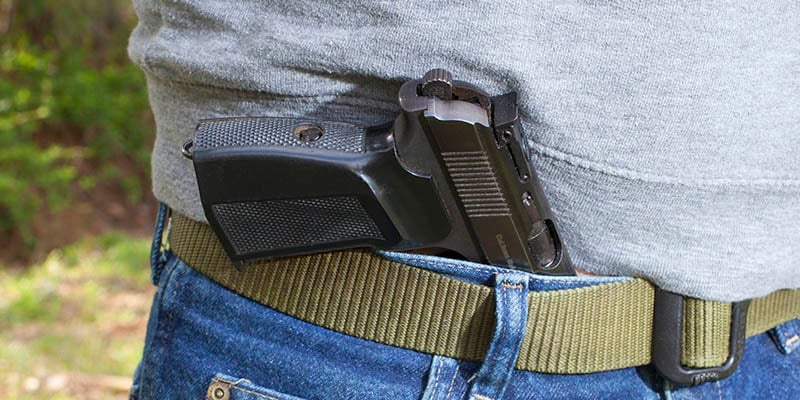
Jock Itch
“Many offenders in the three studies revealed that they purposely transported weapons in their crotch areas…because of the reluctance of officers to thoroughly search this location,” the study said. Coupled with the above-mentioned urge to check an unholstered gun’s location/orientation, it might be wise to notice that problematic itch.

Blading
When approached, someone trying to minimize detection of an illegal gun will often turn their body to shield it from detection. One of the felons interviewed added a scary twist with: “Because they can’t see what I’m reaching for, I get that extra second.”
Sagging
“Normally, personal items, such as wallets, keys, pagers, and cell phones, do not weigh enough to cause a pocket to hang substantially lower than the one on the opposite side.” Jackets droop or swing like a strong-sided pendulum when walking unless supported by a quality holster of some sort.
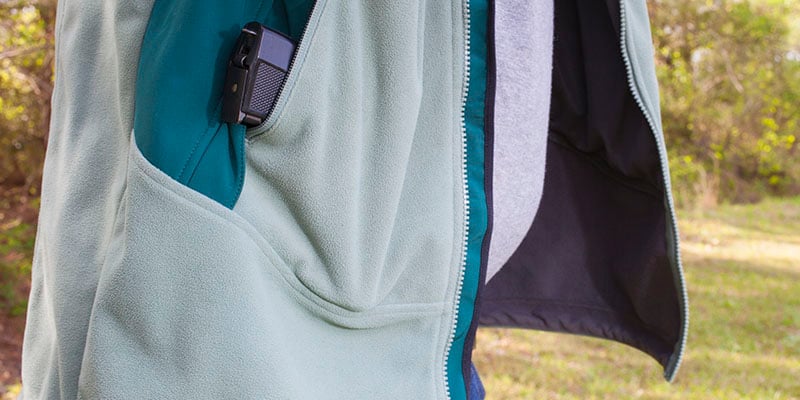
Improper Clothing
Coats in the heat, jackets open to winter precipitation, and, “Similarly, if a man is wearing a dress shirt, dress pants, and dress shoes, why would he have his shirttail hanging out?” the study asks. It also warns that criminals will often carry a gun under a coat or item draped over their arm.
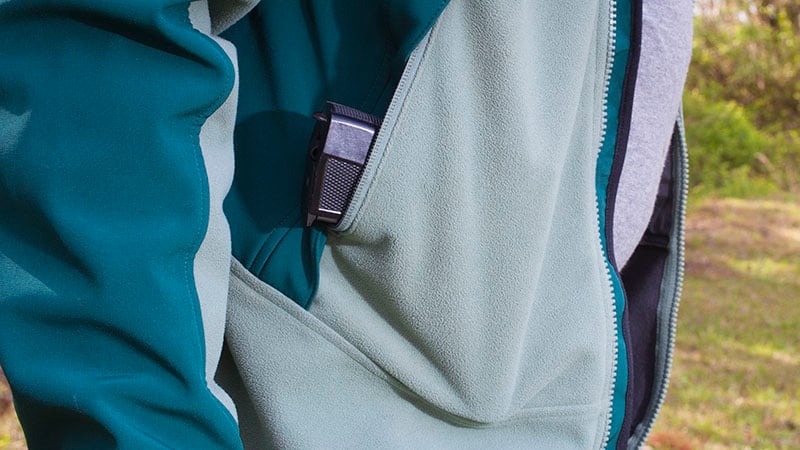
Hoodies
“One offender in the current study stated that he had several friends who carried firearms in their jacket hoods,” the report warns, noting hoods not warn during rain and snow might raise an alarm for officers.
“Twelve percent of the male offenders in the same study [In the Line of Fire] reported giving their handguns to females to carry for them when approached by law enforcement officers.” In general, the females also preferred storing their guns in places that will minimize chances of frisking. Ninety-two percent of the criminals interviewed carried their weapons somewhere in the middle torso—crotch, back, side, chest or belly.
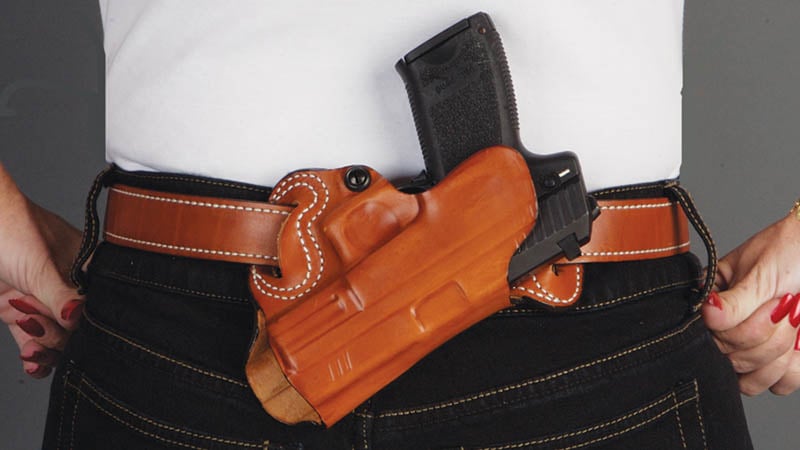
We can’t and shouldn’t call law enforcement every time we suspect someone is carrying illegally. Their numbers are already stretched too thin, but by maintaining our situational awareness the chances of avoiding a potentially deadly criminal encounter are greatly increased.
If the unthinkable happens, though and you’re caught up close with no escape even before the criminal has presented a weapon, retired Border Patrol Agent and Gunsite Rangemaster Ed Head said your observation should include another focus. “I always looked at their eyes, face and neck,” he said. “People tense up before they launch and you can see this as their eyes narrow or squint, their facial muscles tighten and their carotid arteries in the neck throb as their pulse quickens.” At the least, it’ll give you time to mentally prepare, but it might also give you the life-saving, split-second advantage it takes to come home to your family and loved ones.
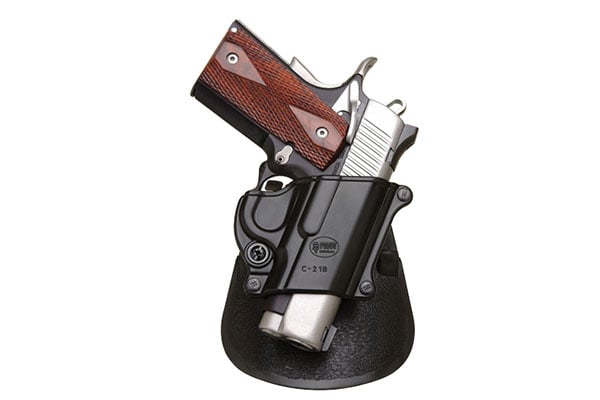




Leave a Reply